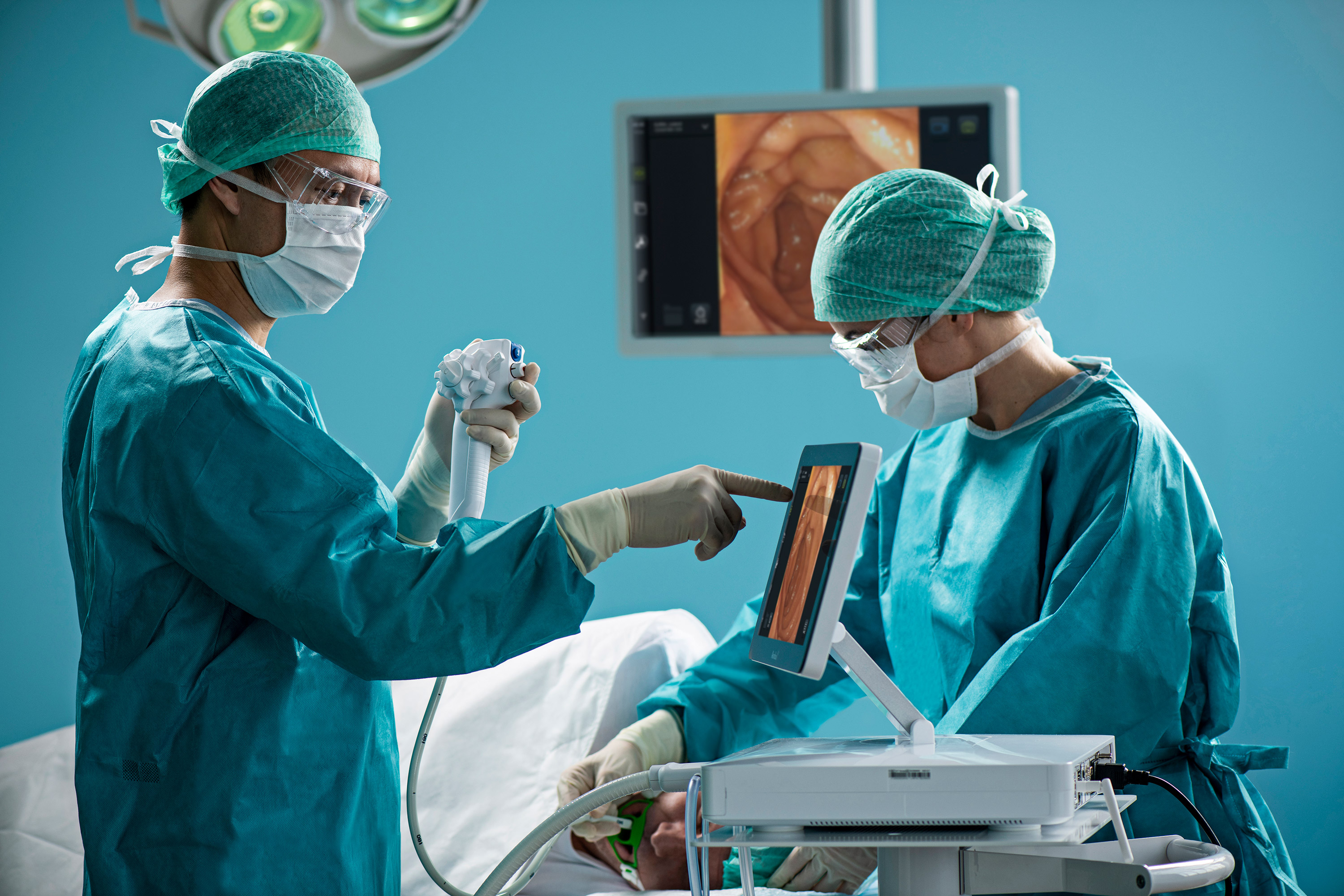
Switching to single-use gastroscopes may enable healthcare facilities to increase procedure volume through improved workflow efficiency — and potentially boost revenue generation.
So concluded David Hoffman, a health economist with Ambu USA, who presented research May 9 at DDW 2023 in Chicago.
As the landscape of esophagogastroduodenoscopy (EGD) and bariatric surgery evolves, it will become even more important for facilities to evaluate the true cost per use – and how single-use gastroscopes may impact it, according to Hoffman’s case study.
Single-Use Endoscopy is an online learning center powered by Ambu USA.
Hoffman’s research found that single-use gastroscopes would provide the facility a cost savings of $126.23 per procedure, or $37,867 a year. Per procedure, the facility would incur an additional equipment cost of $137.93, a reprocessing savings of $147.12, and a repair savings of $117.04.
The analysis projects single-use gastroscopes could allow for one additional bariatric surgery per week at the high-volume facility modeled in the study. Based on an average reimbursement of $15,500, Hoffman calculated an additional $806,000 in annual reimbursement against an additional cost of $14,469.
This case study involved a high-volume EGD and bariatric surgery hospital in the southeastern U.S. which had its automated endoscope reprocessor (AER) stop operating the day before 12 patients were scheduled for procedures. To avoid the backlog caused by the inability to disinfect gastroscopes, the facility turned to the Ambu aScope Gastro single-use gastroscope to perform the scheduled procedures.
The cost per use of reusable gastroscopes was calculated by factoring procedure volume, quantity and price of gastroscopes and reprocessing equipment, scope reprocessing method and repair costs.


